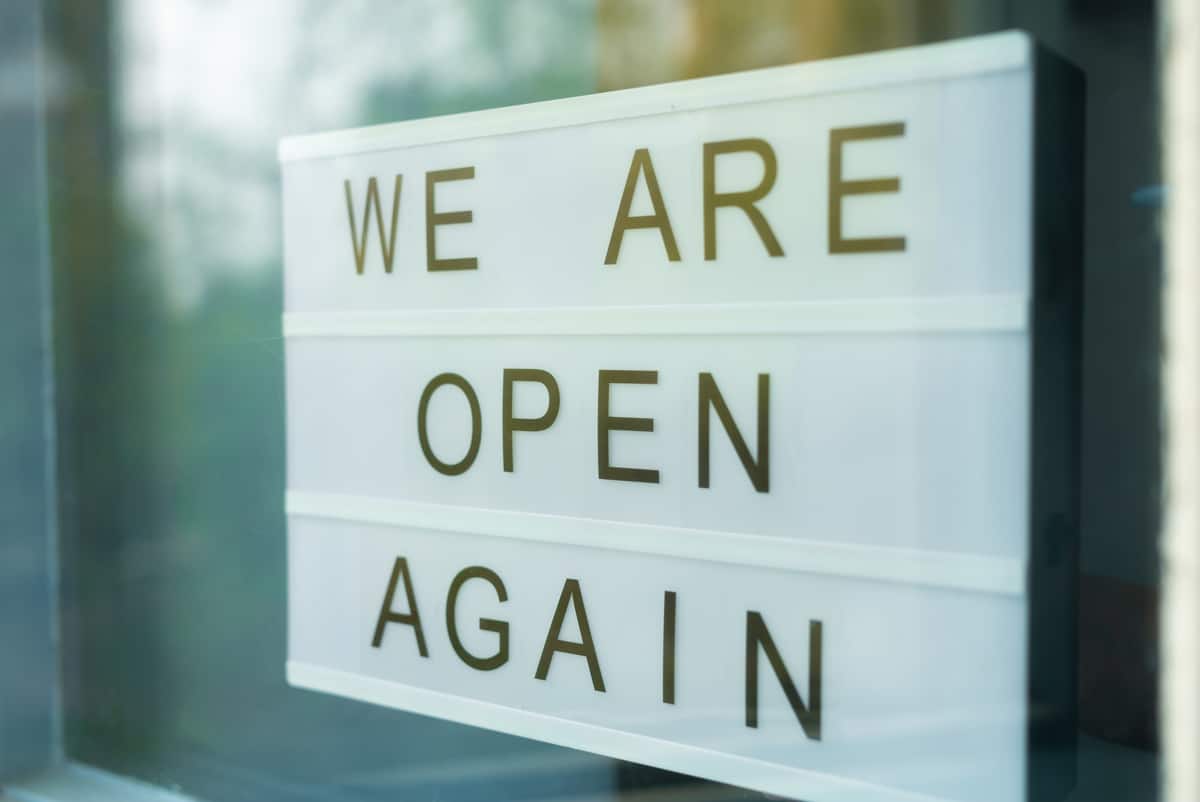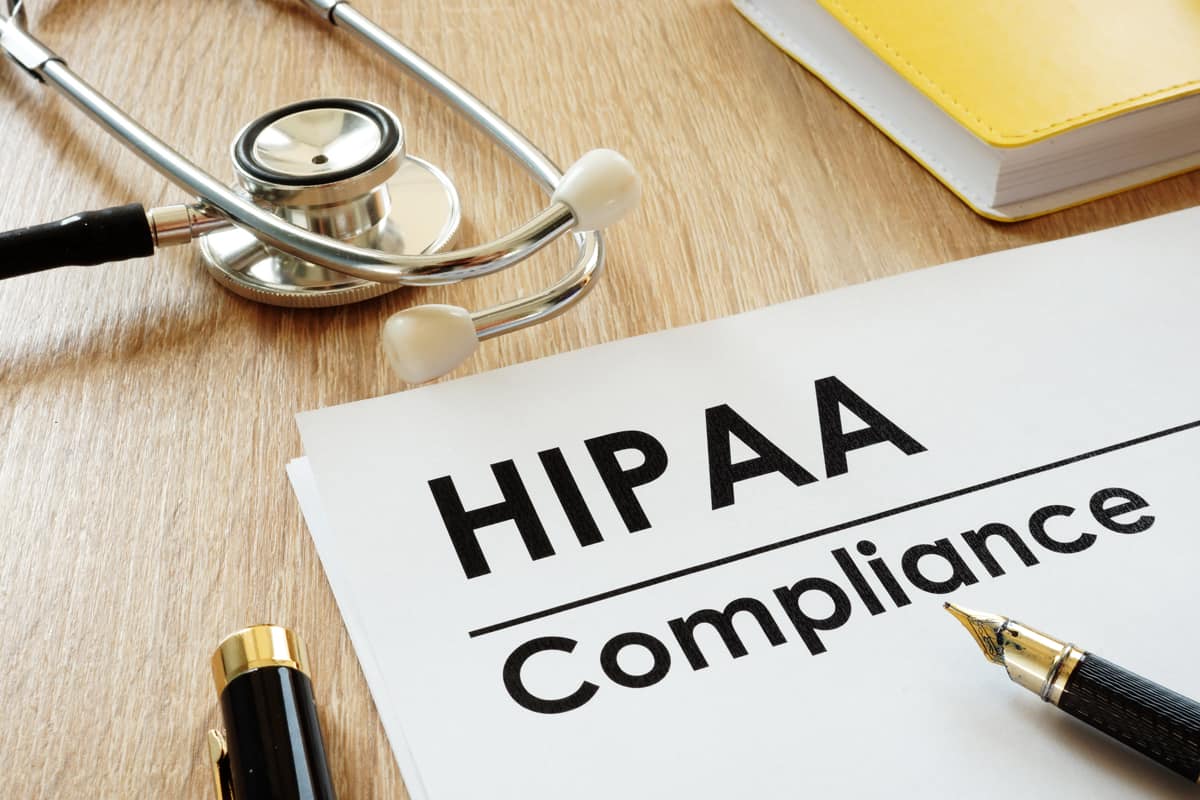Businesses across America that have been shut down due to the novel coronavirus (COVID-19) pandemic may now (or soon) have the option to reopen.
Since no two businesses are alike — even those in the same industry and location — what makes sense for one company could be a disaster for another. But many questions that business owners are asking could be applicable to all organizations. Here are 10 questions to keep in mind as you decide whether and how to open up.
- How will customers respond if you open your doors now? You can only make an educated guess, but this is perhaps the most crucial question of all. Let’s say you go to a lot of trouble and expense opening up, while assuming financial and health-related risks. If nobody seems to notice, that’s a big problem.
- Can you modify your business model to improve your chances of success when you reopen? As we all know, many restaurants have been able to reopen (or remain open) by going into the carryout business. How might you change your business to accommodate customers whose needs or behaviors are different today? For example, would adding a delivery service be productive? Could you bolster your web presence to increase merchandise sales?
- Should you offer new products and services? The pandemic is sure to change certain customer preferences and increase demand for products or services you could offer. What might they be?
- Will your supply chain be ready to accommodate your needs? If you’re in a retail or manufacturing industry, there’s little point in reopening if you won’t have enough inventory to meet demand.
- Will you need to do special promotions to lure customers back? Holding a “going back into business sale” might work for some enterprises. It may take an ambitious marketing effort to let former and prospective customers know you’re ready to serve them. How can you get through to your former customers?
- What physical changes will you need to make in your business to keep employees and customers safe? Clear Plexiglas barriers are sprouting up in businesses everywhere to impede the spread of COVID-19. So, too, are measures to enforce social distancing, as well as enhanced cleaning services. Are you able to make such workplace adaptations?
- Will your employees feel safe returning to your workplace? Already, some employees who have been asked to return to their former jobsites are balking due to fears of becoming infected. Some, including older workers and those with health conditions that put them at extra risk, may have legitimate concerns. Some of those employees may be forfeiting their jobs in taking that stance if they’re collecting unemployment benefits. And some employees may have legally protected rights to keep their jobs if you can make a “reasonable accommodation” (under the Americans with Disabilities Act) that makes them comfortable to return to work. If you are facing these issues, consult with your employment attorney.
- Are you prepared to accept the risk that employees may contract COVID-19 at work? In terms of legal liability, you might be protected by heeding the advice of the Centers for Disease Control and Prevention and implementing their recommended safety measures, plus your own common sense. Be sure to document your efforts. If after returning to work, someone becomes seriously ill and it appears to be due to an exposure at your workplace, you may need to provide this documentation. Of course, even if you don’t face legal challenges, the predominant concern is the health and safety of your employees.
- What are other businesses, including competitors, doing in your area? If you’re on the fence about whether to reopen, but your competitors are doing just that, you need to consider the risk of a long-term or permanent loss of market share. This assumes that customers are ready to return to the marketplace for your products or services.
- What’s the cost of delay? If you have a lot of ongoing fixed expenses, such as rent, insurance, taxes and borrowing costs, every day you take in zero revenue puts you deeper in the hole. If instead your fixed costs are minimal, the current prospects of a rapid return to your pre-pandemic pace of business are slim, and competitors aren’t nipping at your heels, the cost of holding off on reopening may be small.
Final Thoughts
In the end, the choice you face may not be an all-or-nothing proposition. That is, you can begin to open the doors to your business a crack and wait to see what happens, before ramping up to your pre-pandemic operating capacity. That would certainly be a more prudent approach than staying closed or fully reopening.


